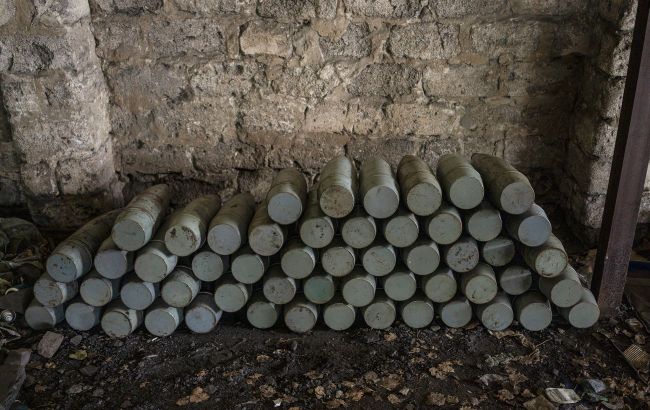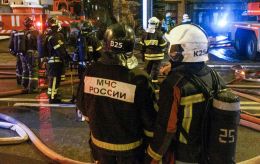Where Russia gets its shells and how to cover Ukraine's deficit
 Ukraine needs help from the U.S. and EU with shells (GettyImages)
Ukraine needs help from the U.S. and EU with shells (GettyImages)
Ukrainian forces fire approximately 2,000 shells daily, while the occupying forces unleash five times that amount. Meanwhile, Ukraine's main ally, the United States, continues to increase its production, but as for Russia, it is facing difficulties in reaching a higher capacity due to sanctions restrictions.
Military-political analyst Oleksandr Kovalenko explained the production of ammunition in Ukraine and Russia, comparing the Western potential with the aggressor country.
Russia's ammunition production
Regarding Russia's ammunition production, opening new production lines and acquiring modern equipment is essential. However, their facilities remain unchanged since the Soviet era, and current sanctions impede the acquisition of modern equipment. Swiftly expanding production from 1.7 million to a hypothetical 3 million annually is unattainable. The current output allows adversaries to sustain 4,500 shots per day, proving insufficient.
Moreover, Russia faces obstacles in scaling production due to a shortage of domestically produced gunpowder. They import cotton cellulose from Kazakhstan and Uzbekistan for explosive material production. Moscow also seeks gunpowder supplies from China.
Who supplies shells to Moscow
Moscow primarily relies on Iran and North Korea to meet its ammunition needs, although North Korea has not been involved in conflicts for decades. While they have production capabilities, their stockpiles are not limitless.
Additionally, North Korea's defense industry faces criticism, even below Russia's standards, for ammunition quality and precision. Complaints include variations in caliber size within the same batch, affecting shot accuracy and increasing the risk of barrel ruptures.
Reports from South Korea's Ministry of Defense claim Pyongyang supplied Moscow with 5,000 containers, containing around 1.5 million 152mm caliber shells and 400,000 122mm caliber shells. However, U.S. intelligence contradicts this information, stating a transfer of a thousand containers with varying contents.
A thousand containers of 152mm caliber equate to approximately 200-300 thousand shots. The potential for other calibers, such as 122mm, could be higher. If Russia had received a million shells, their current daily firing rate would differ significantly. Currently, Russia averages 10,000 shots per day, while Ukraine has reduced its rate to 2,000, conserving ammunition.
Who has more potential: the U.S. or Russia?
Comparing the potential of the United States and Russia, prior to a full-scale invasion, the U.S. produced around 10,000 shots per month, now reaching nearly 30,000. In two years, they aim to exceed 100,000, demonstrating achievable growth similar to Europe. In contrast, Russia lacks the capacity for such rapid expansion, unable to triple production in two years.
Ammunition production in Ukraine, although progress has been made, meets only 10% of daily requirements. Ukraine relies entirely on Western countries for ammunition, but future expansion may be possible post-war. Currently, production serves as a supplement to overall supply.
Oleksandr Kovalenko for RBC-Ukraine.

